Different Types of Wig Caps
If you’re new to wearing wigs, understanding the different types of wig caps is a great place to start. The wig cap is the base of the wig, where the hair is attached, and it plays a crucial role in how the wig fits, feels, and looks on your head. Different cap types not only affect the comfort and appearance of the wig but also its price.
Here’s a simple guide to the most common types of wig cap features and how they impact cost. These features are usually combined, you will rarely find a wig cap made entirely from one feature.
Skip to a Section
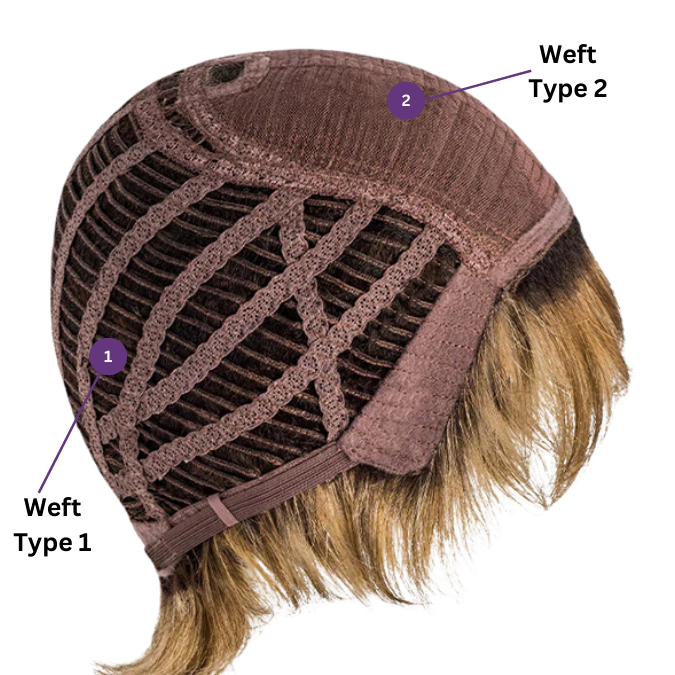
Basic Wig Cap (Wefted or Capless)
The Basic Cap, also known as a wefted or capless wig, is a popular choice for those looking for an affordable and breathable option. The hair on these wigs is sewn onto strips of material (wefts) that are sewn together to form the cap. These wigs are often lighter and allow for better airflow, keeping your scalp cool. However, they might be less natural-looking as they don’t mimic the appearance of a natural scalp.
Best for: Everyday wear, affordability, and comfort.
Price Impact: Generally the most affordable option, due to its simpler, machine-sewn construction.
Lace Front Wig Cap
Lace front wigs have a sheer lace panel along the front hairline, which gives the appearance of a natural hairline. The rest of the cap can be made from wefts or a monofilament. This type of cap allows you to style the wig away from your face with confidence, as the lace blends seamlessly with your skin.
A lace front comes in a few variations:
- Standard Lace Front: Spanning the forehead area
- Exended Lace Front: Spanning from temple to temple
- Mini Lace Front: A small section 1cm-5cm at the parting
Best for: A natural-looking hairline and styling versatility.
Price Impact: Typically mid-range in price. The lace front adds naturalness without the full cost of a completely hand-tied or lace cap.
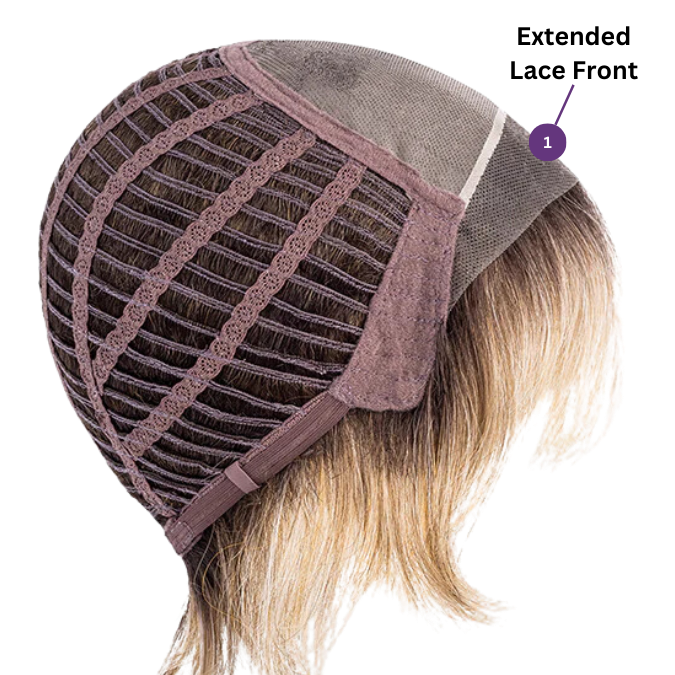
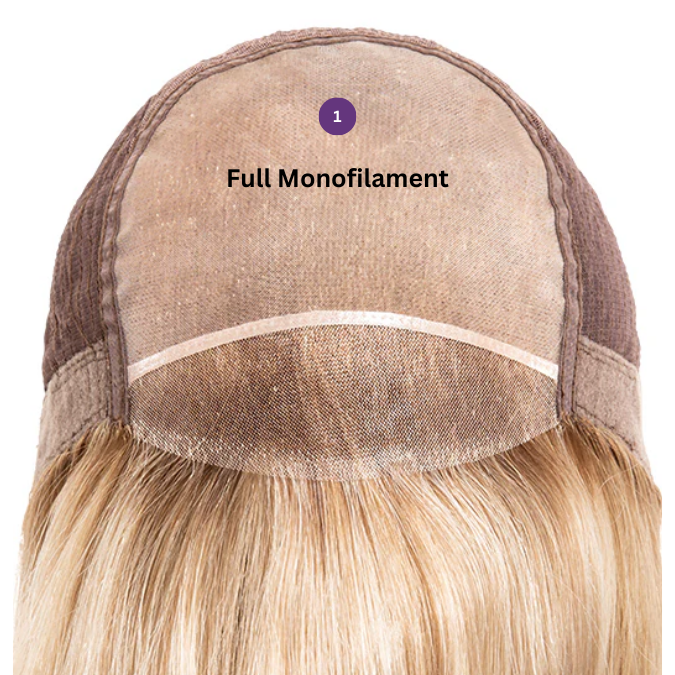
Monofilament Wig Cap
A monofilament cap features a fine mesh material at the top where each hair is individually hand-tied. The monofilament can either be full or partial; full covering the entire top of the head, and partial only covering the parting or crown area.
This allows the hair to move freely and appear more natural, as it mimics the look of hair growing from the scalp. Monofilament wigs are soft and comfortable, especially for those with sensitive scalps.
Best for: An extremely realistic appearance and allows your parting to be moved (full monofilament).
Price Impact: Higher in price compared to basic caps, due to the labour-intensive process of individually hand-tying the hair strands
Hand Tied Wig Cap
The hand-tied wig cap is the most luxurious and natural-looking option. Each hair strand is individually tied to a soft, stretchy cap, allowing for a very realistic look and feel. The cap enables the wearer to part and style the hair in any direction.
A hand tied cap offers maximum comfort as there are no seams or wefts to irritate the scalp.
Best for: Ultimate comfort, a natural look, and styling flexibility.
Price Impact: Among the most expensive, reflecting the time and skill required to hand-tie each hair strand throughout the entire cap.
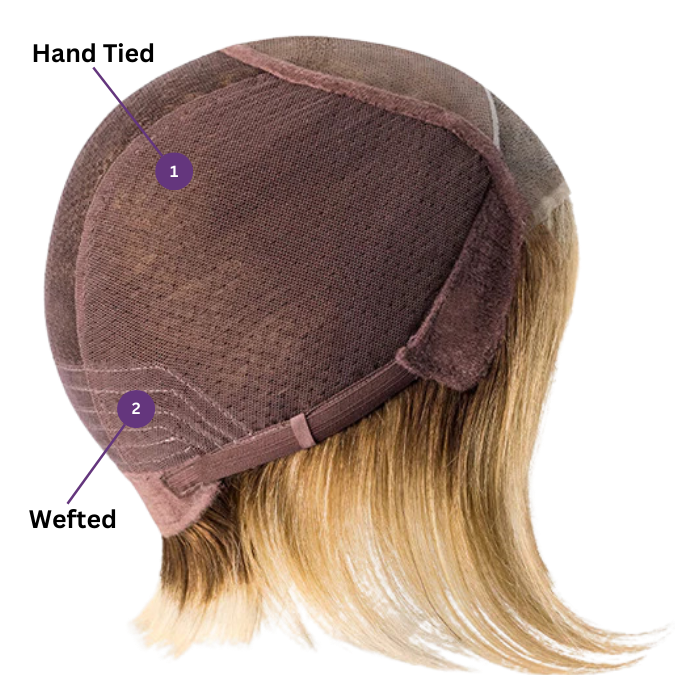
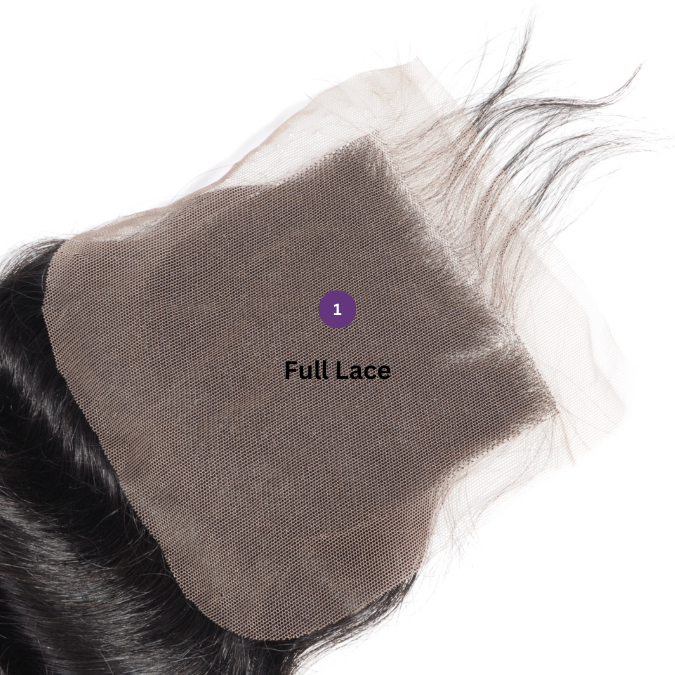
360 Lace Wig Cap
A 360 lace wig cap combines the benefits of lace front wigs and hand-tied caps. It has lace around the entire perimeter of the wig, allowing for updos and ponytails, while the rest of the cap is either wefted or hand-tied. This offers a natural hairline all around and is perfect for versatile styling.
These wig caps are available on custom made wig orders.
Best for: Styling versatility, especially updos and ponytails.
Price Impact: Higher in price, due to the combination of full lace perimeter and additional construction materials and labour.
Polyurethane (PU) Wig Cap
The Polyurethane (PU) cap is made of a thin, flexible material that resembles skin. It is often used for a secure fit as it can be glued or taped to the scalp. PU caps can be combined with other cap constructions like monofilament or lace fronts.
These wig caps are available on custom made wig orders.
Best for: A secure fit and those who prefer using adhesives.
Price Impact: Varies, but can be on the higher side, particularly if custom-fitted or combined with other intricate cap constructions.
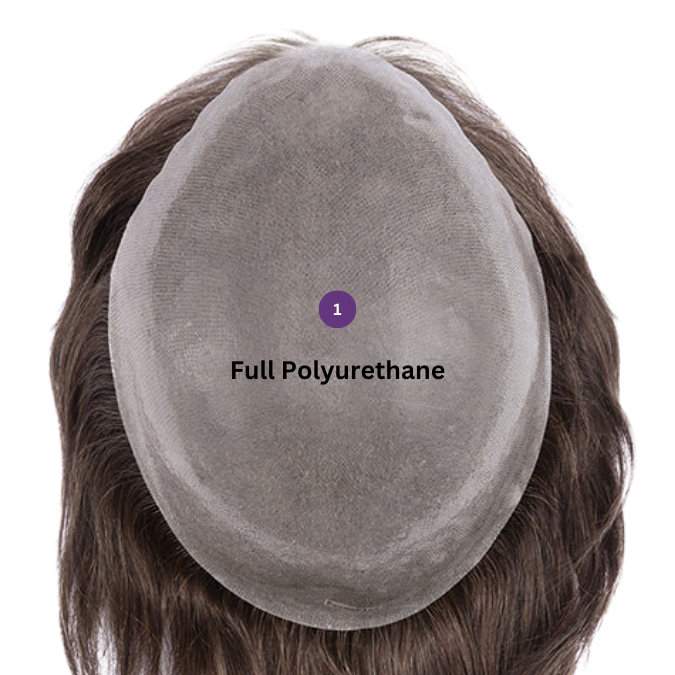
Summary
Choosing the Right Wig Cap for You
When choosing a wig cap, consider what matters most to you—whether it’s comfort, appearance, versatility, or budget. The type of cap you choose will affect not just how the wig looks and feels, but also its price. Higher-priced wigs often offer greater comfort, a more natural look, or better styling options, making them a worthwhile investment for everyday wear. However, there are also excellent, more affordable options that can still provide a great look and feel.
